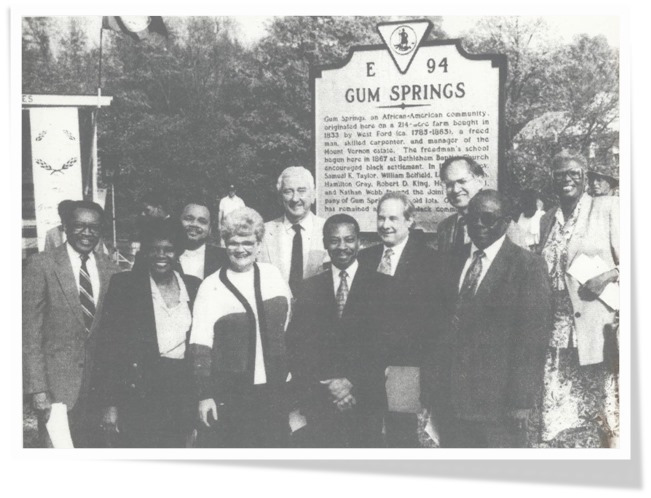Conclusion
In the end, John Brown was a man amongst the common folk of the 18th century who lived and explored the world around him. Though there may be holes in the history behind his nature of life, there is a possibility that events like the purchased land of Gum Spring were connected to his livelihood. This is due to how he went from Richmond to West Virginia and during that time he bought the land, meaning he must have gone to Gum Spring and Fairfax during that time. His going up north to Fairfax seems unusual since he did not go north otherwise, meaning that the deed records and his info were two separate parts of him waiting to be connected. He was able to afford the land by what he did in Richmond or his ventures in Tazewell and West VA, as he purchased this land in his 30s and left it in his 40s (likely due to mortgage costs). Gaining this farmland was important to his life, as being a farmer was a staple occupation, especially for Africans at that time. John seemed to be fortunate for Africans at that time, as gaining this land involved difficulties, “While they were freed from the burden of slavery, most blacks suddenly found they had neither the capital nor the experience necessary to establish a foothold and to enjoy the American dream of equal opportunity that the verdict of war and constitutional amendments had promised them” (Netherton, Fairfax County, Virginia: A History, pg.444). It is to be noted that the land being sold was from white people to Africans, which seemed legally new at the time. Such purchases can make those against the view of racial equality angry, especially certain people during that time. Though many parts of life were different in the past, in the end, the nature of humanity persists to this very day.
